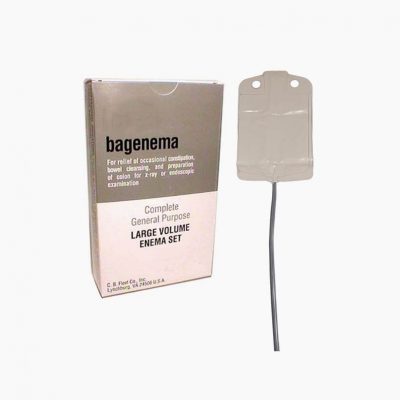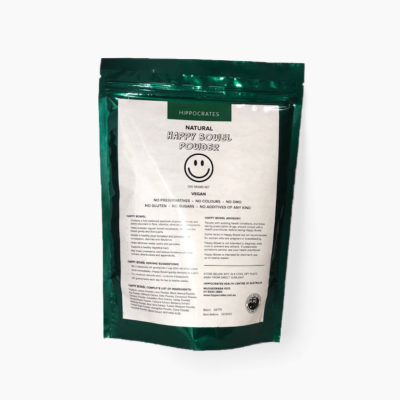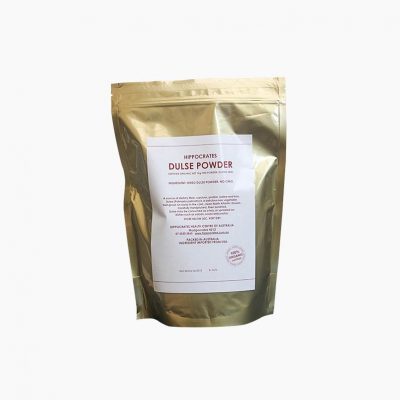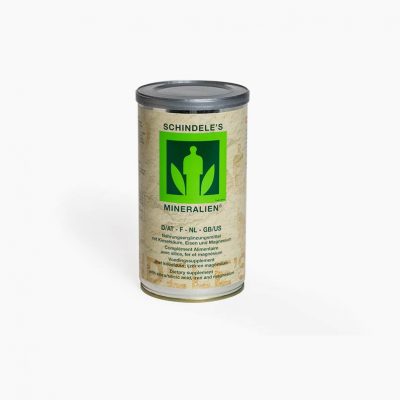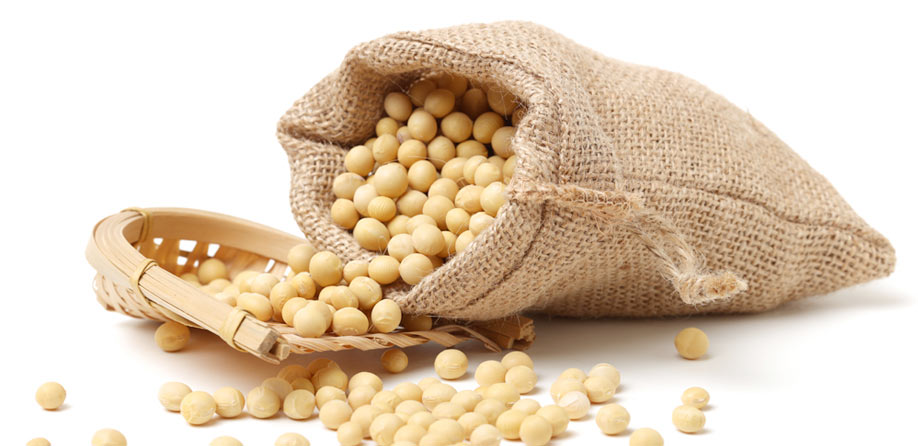
The Truth About Soy
The world’s biggest and most powerful agricultural companies are still trying to convince you that their soy products are healthful, but there’s a problem.
It’s not traditional soy.
You see, Asian farmers used to consider soy to be a type of fertilizer, not a food. They recognized that most of what’s in a soybean is indigestible to people.
They only started eating soy after discovering that natural fermentation processes make soy somewhat better to eat. That’s why – to this day – Asian cultures ferment their soybeans in a traditional way to make soy foods such as natto, miso, tempeh, edamame and tofu.
It’s made by a process that Asian cultures have been following for thousands of years.
But this is a far cry from the soy foods made from the genetically modified, heavily processed ingredients that are in nearly every product you can buy at the market.
Instead of “soak, steam, ferment,” most food manufacturers follow an industrial crushing process called “cracking” that breaks down the raw, genetically modified bean to thin flakes. Then the flakes are “defatted” by percolating them like coffee in a petroleum-based hexane solvent, to extract the soy oil.
The remains of the flakes are toasted and ground into meal.
For soy flour, the oil then goes through a process of cleaning, bleaching, degumming and deodorizing – all to remove the harmful solvents and soy’s nasty stench.
The sludge that forms in the oil during storage was once considered a waste product. Now you know it as soy lecithin.
In other words, the part of the soy that’s left over as garbage after the petroleum processing and bleaching is the heart-destroying oil that makes up the trans fats in every kind of junk food you can think of.
Is this something you want to eat?
Manufactured soy products have huge amounts of natural toxins that block food digestion and absorption of essential vitamins and minerals.
More information? See www.doctorsaredangerous.com

